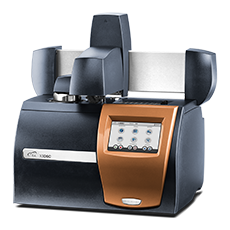Why DSC Testing is a Critical Step in Developing Biosimilar Drugs
Biologic therapies derived from living organisms have revolutionized the treatment of complex diseases, yet their high development costs are often passed onto patients. Biosimilar drugs offer a promising solution to reduce costs while maintaining therapeutic efficacy. Unlike generic drugs, biosimilars cannot be exact replicas of their reference biologics due to their complex structures, necessitating rigorous testing and regulatory approval.
Details












